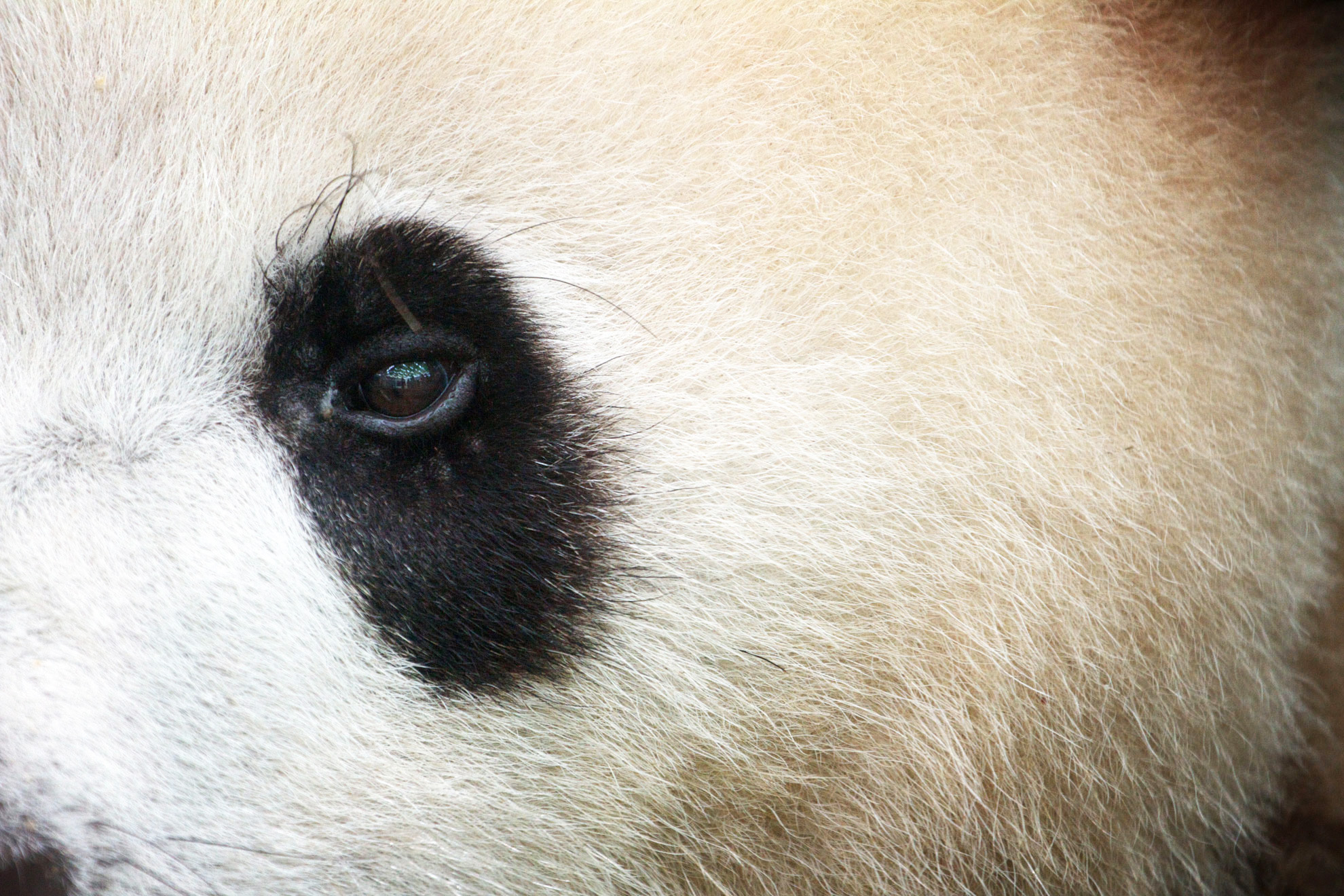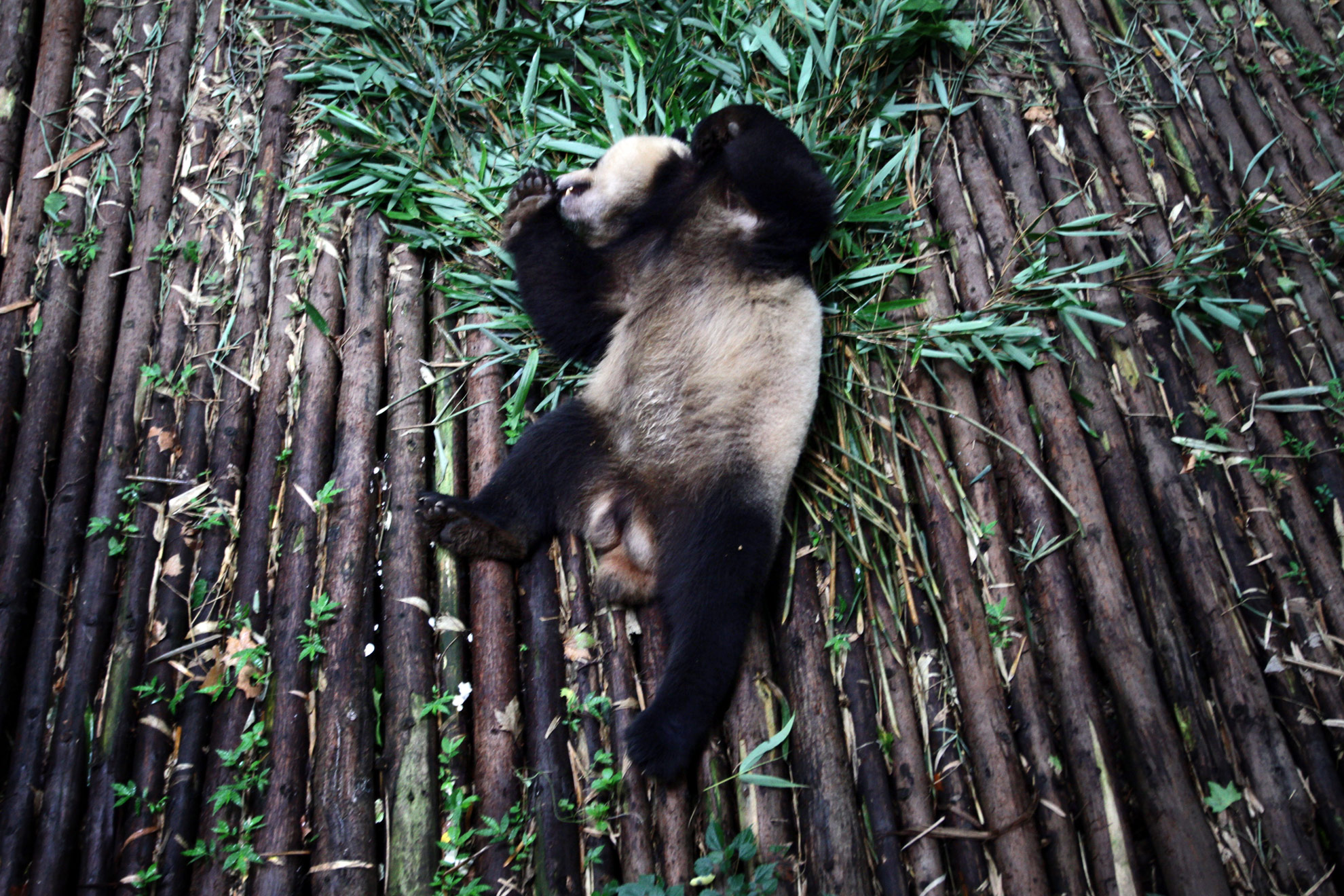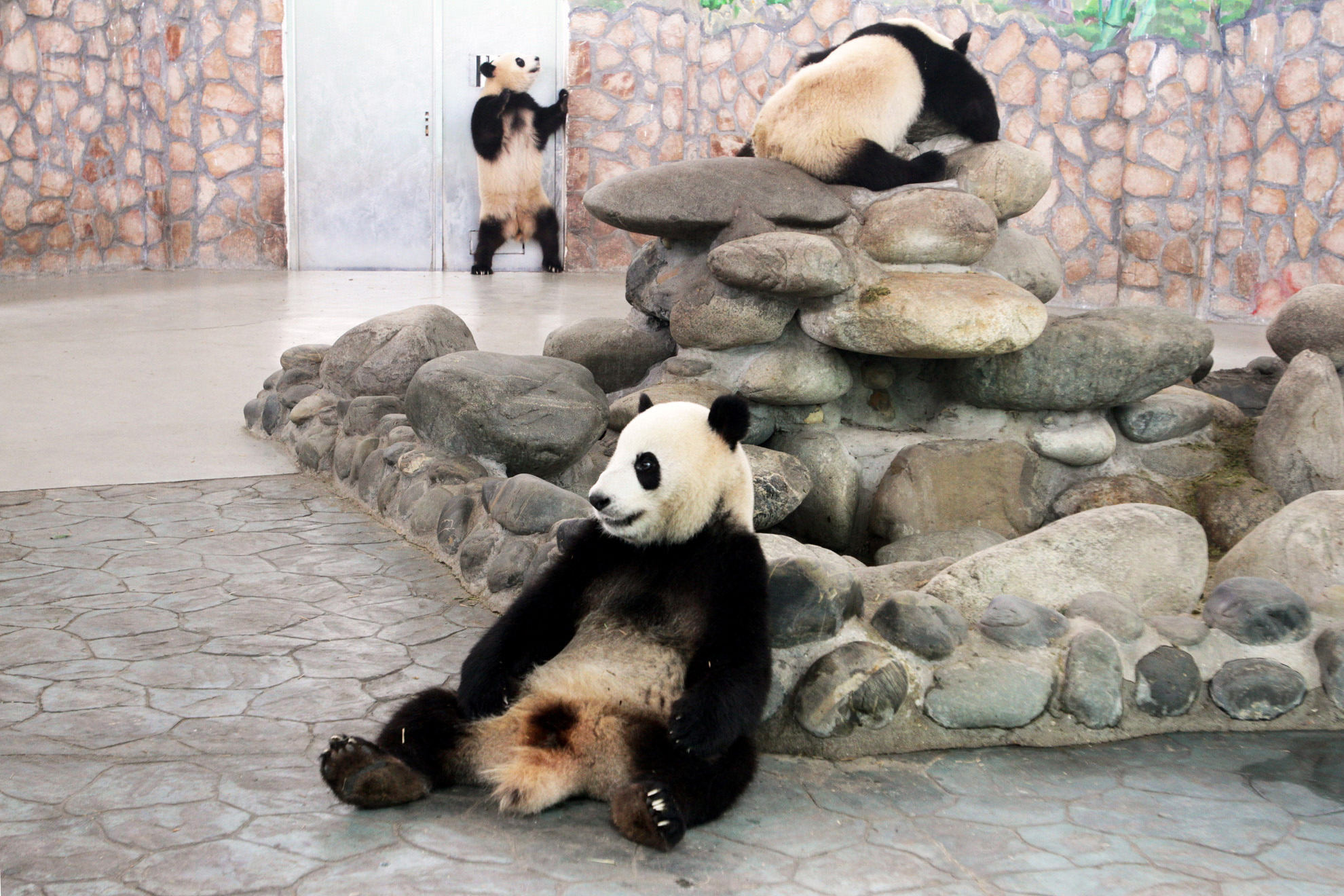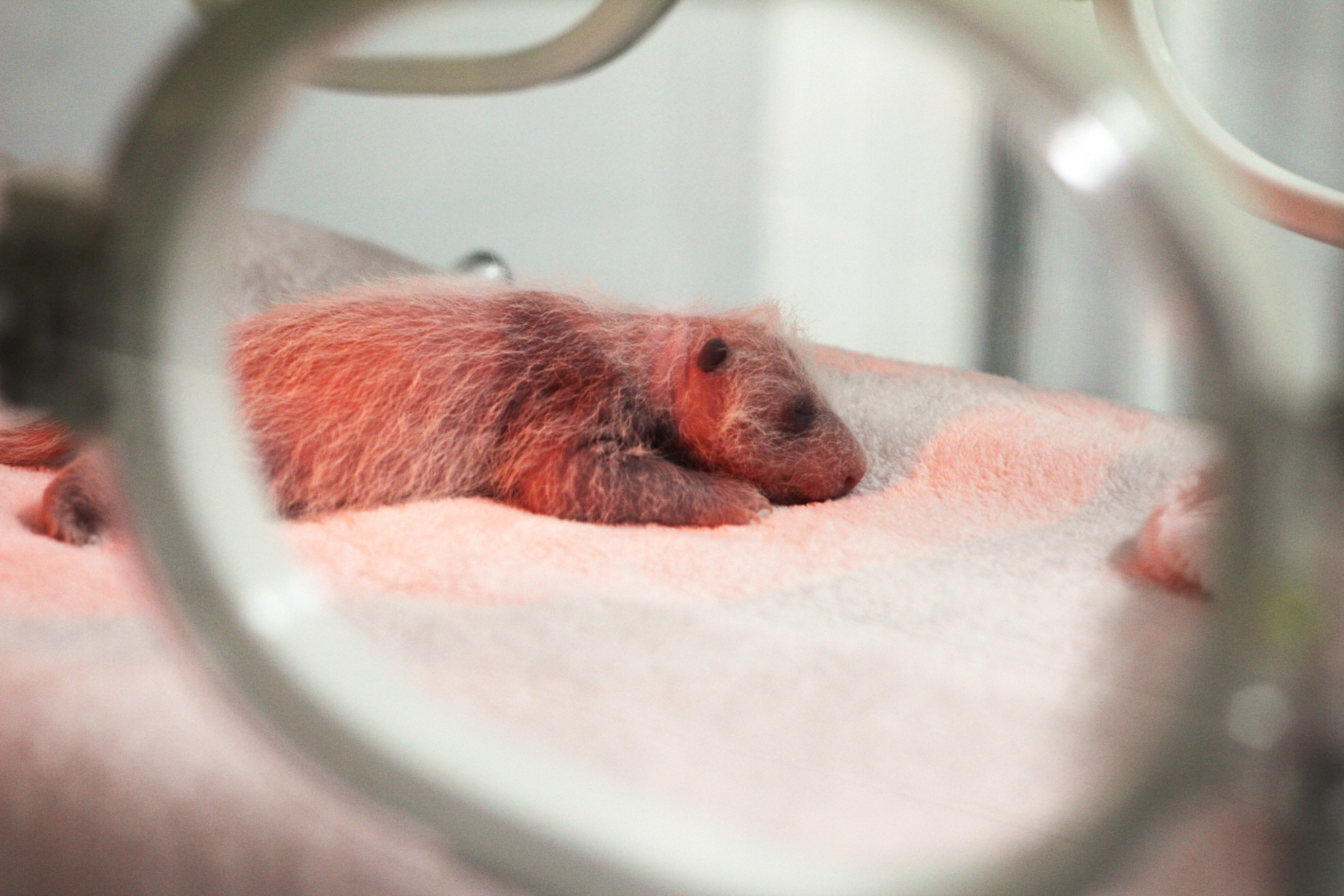The Panda’s Forest
The 80 or so pandas that reside at the base are treated like royalty, with thousands of tourists excitedly streaming through the park’s gates every day just to catch a glimpse of them.
The giant panda has become a Chinese icon and a global symbol of conservation, ever since the World Wildlife Fund adopted them for their logo in 1961. Ironically, they have also come to symbolize the stark reality of severe global biodiversity loss, especially in China.
Today, the giant panda’s natural habitat is confined to a sliver of mountain ranges extending through northern Sichuan province and into the neighboring provinces of Gansu and Shaanxi. Massive forest loss across China up until the late 1990s, has been the main cause for the disappearance of the species’ habitat. China’s unquenchable thirst for the forests resources in its early stages of modern development slowly erased the mountainous forests which are home to the panda.







“In prehistoric and even historic times, giant pandas ranged over much of China,” reports the EU-China Biodiversity Programme (ECBP). “Climate change and pressure from humans have driven them back to these last few refuges. One could say they have their back against the wall. The wall being the inhospitable heights of the Tibetan Plateau.”
In the late 1970s, the Chinese authorities woke up to the realization that they were in real danger of losing one of the country’s most precious assets, prompting the creation of numerous nature reserves. This extensive network, coupled with new laws forbidding panda poaching (now punishable by death) set out to protect the few remaining pockets of panda habitat.
“Not all of these protected areas have been successful in their prime objective”, says Nick Middleton, in his book “The Global Casino.”
“Research on the 200,000 hectare Wolong Nature Reserve has shown that the panda habitat is still being destroyed faster inside one of the world’s most high profile protected nature reserves than in adjacent areas that are not protected. It appears that the Wolong Nature Reserve has been a victim of its own success. Towns and settlements have thrived in and around Wolong since the reserve was established and began attracting tourists to the area…The people are cutting more trees for fuel and other uses, destroying prime panda habitat,” Middleton writes.
“I think the positive is the number of nature reserves established for giant pandas since the 1960s—today we have 62—which is amazing,” said Sarah Bexell, director of conservation education at Chengdu’s Panda Base.
“The problem is it is very hard to protect land anywhere in the world. While governments the world over protect land for species or watersheds or carbon sequestration, the fact of the matter is that there are too many people making an impossible demand on the Earth,” she said.
Throughout the conservation world, scientists are starting to speculate that setting up reserves might not be enough to stem biodiversity loss, even in high-profile biodiversity hotspots such as in the southwest of China.
“Despite local successes of well-designed and well-managed protected areas proving effective in stemming biodiversity loss, there are significant shortcomings in the usual process of implementation of protected areas that preclude relying on them as a global solution to this problem,” say Camilo Mora and Peter Sale in the Journal of Marine Ecology.
In Sichuan, one of China’s most populous and fastest developing provinces, the appearance of the panda in the wild is becoming increasingly rare. According to the International Union for Conservation of Nature (IUCN) Red List of Threatened Species, the giant panda is officially listed as “endangered” with a decreasing population trend. Current estimates put the remaining wild population near 1,600.
Captive breeding has long been lauded as the potential savior for many species that are threatened with extinction. The science behind this is still in its infancy, however, and even after a number years of intense research, there have been very few successes, especially with panda reintroductions.
“So far the success rate is 100 percent failure, but the good thing is that one panda has been reintroduced,” reports Bexell. “His name was Xiang Xiang and he actually did quite well until breeding season. He was attacked by other males and later died of the injuries.
“The major challenges in reintroduction are many. First, is that we are not yet saving land appropriately for wildlife. Secondly, is behavioral competency of animals born and raised in captivity. Thirdly, disease concerns of passing disease to wild individuals, or compromised immunity of captive individuals once released. Finally, human social issues, like potential poaching of reintroduced animals,” she said.
In late 2010, the Chinese government announced a new nationwide conservation strategy, boldly claiming to be able to “halt the loss of biodiversity in China by 2020.” It’s a wildly ambitious target. It is, however, a target that desperately needs to at least be attempted. As it stands, biodiversity in China is at a crossroads.
“About a third of all species [in China] are endangered, according to the IUCN Red List. Often habitats seem to be in reasonable condition, but you can walk through [them] for hours and hours and hours and almost see no large animals,” said John MacKinnon of the ECBP. Hunting and the economic exploitation for medicine and the sale of animals have created intense pressure. Road development, agricultural encroachment, industrial sprawl, pollution and dust have fragmented the habitats.
“Everything is against wildlife,” said MacKinnon.




